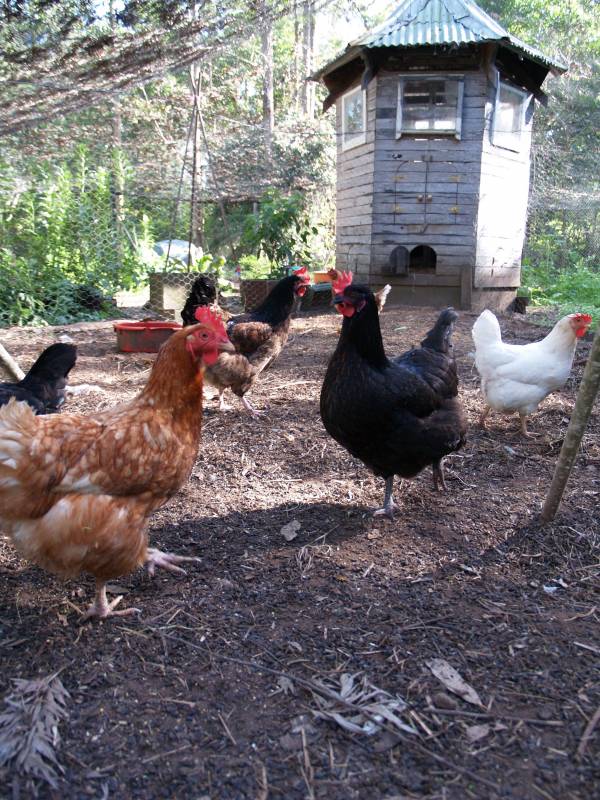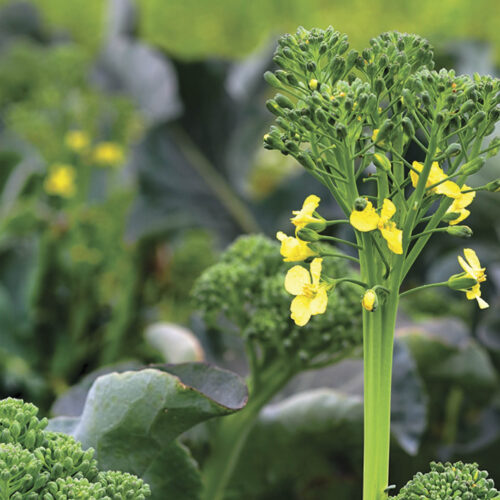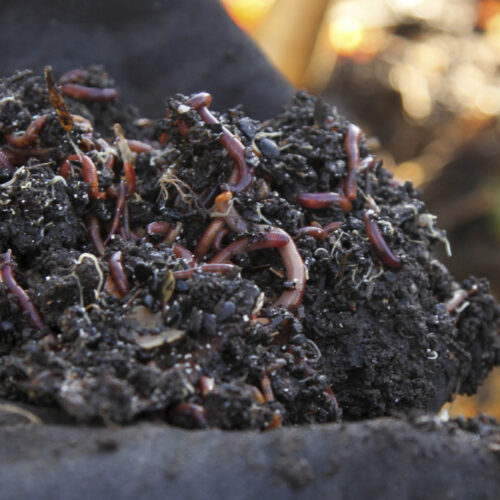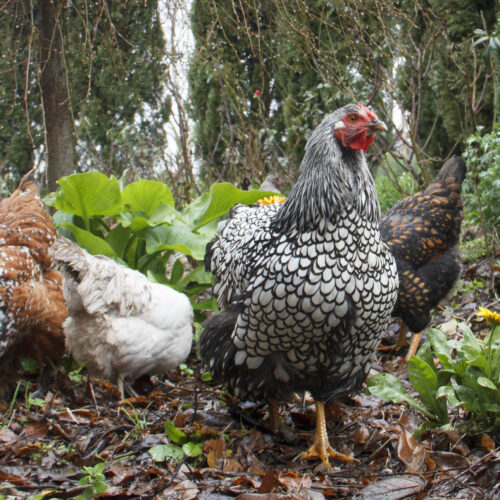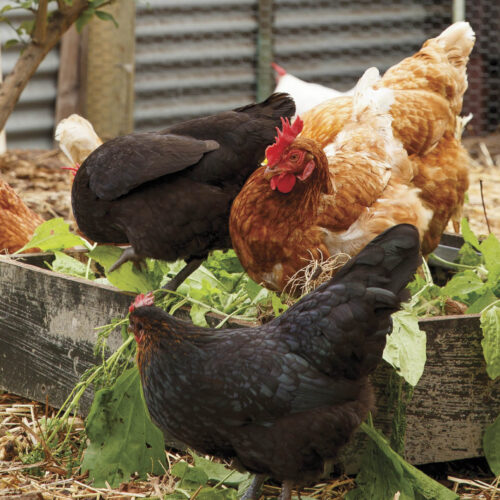Designing a home for your hens
2010-03-01T05:19:45+11:00
Discover the 'Chook Clock' - the ultimate poultry house and garden design. You'll also find some pointers on how to care for and your chooks.
I have always had chooks in my life. As a child, while all my friends played with their dogs, cats and budgies, I was taking my pet rooster for a walk (with a soft lead around his leg) and designing comfortable nesting boxes for ‘the girls’.
My parents recognised my passion and helped me draw, design and build a two-storey coop. It was my version of a dolls’ house, complete with ramps, water collection from the roof and a sundeck.
As I grew to become an adult, the joy of having chook company never waned. Wherever I moved, I found a way to have at least a couple of cluckers with me. I experienced many types of chook housing along the way: permanent, makeshift and even ‘roosting in the garage’. Like many others, I learned the hard way that, if you are not set up for chooks, they can be more of a liability than an asset.
Anyone who has experienced chooks trashing gardens, being killed by foxes and dogs, or young chicks being swooped upon by chicken hawks – not to mention egg-stealing goannas and snakes – knows what I am talking about. It’s enough to put you off, and suddenly the thought of popping down to the shop and buying a dozen organic eggs and a bag of organic manure seems preferable!
What I’ve found, though, is that with an understanding of the needs of chooks, some sensible preparation and good design, living with them can be an absolute pleasure.
The ultimate design
As with chook lovers the world over, I have spent many hours dreaming up the ultimate chook house and run to ensure happy, healthy poultry. I’m also a permaculture enthusiast, excited by its focus on interconnected systems and how to combine plants and animals for increased productivity.
A few years back, after a decade’s gestation fed by many books and the ideas of other ‘chook-house architects’, I came up with my best design so far: the Chook Clock. It was to be circular run divided into sections like a pie, branching out from a central chook-house tower.
The design allows different crops to be grown in each section, and also for the chooks to be moved as needed to dig over a spent crop and provide their wonderful manure to the soil. Each section is rested from chooks as needed, preventing soil compaction.
The design aims to create a self-sustaining environment where people and poultry work together, grow together and enjoy each other’s company. A system designed purposely to combine the natural skills and talents of both bird and human to produce food, gardens and fertiliser in a predator-proof area. There were two added challenges: to construct with recycled materials where possible, and to redefine the ‘old chook-pen’ image, making it as visually attractive and interesting as possible.
The design
The Chook Clock is a hexagonal shape divided into six separate pie-shaped sections for crop and chook rotations. The central tower, with a steel support post in a concrete floor, contains the roosts and nesting boxes. The name ‘Chook Clock’ was born when I was at the design stage: I had a vision of making the whole structure, with not six but 12 garden beds, into an enormous sundial. I scaled this down, but the name stuck. It makes for simple instructions such as: “Plant the beetroots in the two o’clock”, or “Let the chooks out into the six o’clock today”.
The entire Chook Clock is surrounded with aviary wire, predator-proofed around the perimeter and roofed with orchard netting. The internal walls separating the sections are of standard chicken wire, as these don’t have to be predator-proof, just wandering-chook-proof! Each section has its own external door – also predator-proofed.
Each side of the hexagonal tower has a small chook door. The tower also has a main raking out/caretaker’s door and a large, easy egg collection door. And to top it all off, a large, brass rooster weathervane on top of the tower roof – just because!
I know the Clock might sound like a lot of work and cost, but once it’s working the rewards in eggs, manure and crops are great. Recycled materials keep the construction costs down, and for those with only a small backyard the design can be scaled down and adapted. In fact, the design is ever-evolving, the process always interesting and improvement always possible.
Choosing and caring for chooks
No matter where you put your chooks, they need specific care. You need a plan. Acquiring chooks before you are prepared can lead to disaster: for the garden, sleep patterns, neighbourly relations and sometimes the chooks.
Roosters in particular can be big trouble, crowing at the crack of dawn and at the full moon, and sometimes becoming overprotective, pecking people and children. Luckily, roosters aren’t necessary unless you intend breeding chickens. No matter what the person trying to give you a rooster for free tells you, there is no humane, foolproof method of stopping a rooster from crowing.
I once moved to a new property where, before I had a chook pen properly set up, I was offered (and accepted against my better judgement) some lovely Australorps. The next day while I was out, they escaped their temporary enclosure, digging up all my newly-planted seedlings before moving inside the house to traumatise my housemate’s toddler and poo all over the loungeroom! There was the bonus of two eggs in the laundry basket, but I learned my lesson.
So do your research, visit friends or neighbours with chooks, look on the internet and read some books. The more prepared you are, the more you will enjoy your chickens.
Basic needs
Here are the basic needs for happy, healthy feathered friends:
- Protection from rain, wind, sun and predators (such as dogs, cats, foxes and snakes).
- A variety of feed, starting with the four Gs: grains, greens, grit and grubs, moving on to fruit, vegies and various household scraps.
- Lots of fresh, clean water.
- A nice, safe perch for roosting, with room to fly/flap up to (and down from).
- A comfortable, safe and quiet place for ‘the girls’ to lay eggs.
- If possible, somewhere to have a dust bath.
- If you plan to breed chickens, a safe, enclosed space for the broody hen and her chicks.
Making room
Once you have their basic needs in mind, consider what space you have available, what role you would like your chooks to perform, and how your neighbours will respond. Check with your local council regarding its regulations on keeping poultry. Also, consider what kind of housing you require. Aside from the Chook Clock, less grand options include:
- A portable ‘chicken tractor’ with no mesh on the floor – designed to fit over garden beds to prepare them for the next crop.
- A moveable ‘chook mower’ with wheels and mesh floor for maintaining your lawn or area of grass and weeds. You can make them or buy them.
- A permanent shelter – perhaps a humble home-built project or, for those with little practical skills or time, there are stylish, functional chook-houses for sale.
- Larger, rotational or moveable structures such as the ‘dome design’ which involves mesh or netting framed with polypipe.
- The Chook Clock can be scaled down or adapted to your needs. Half or more can be kept as a permanent food garden, or else you can have mini versions with fewer sections, less chooks and smaller towers.
Grow your own feed crops
If you have the space, growing your own chook food makes sense. Buying in feed gets expensive, and sourcing certified organic feed can be difficult. There are many grain and greens crops to grow: such as sunflowers, clovers, oats, comfrey, wheat, barley, lucerne, maize, buckwheat, rye, amaranth and Pinto’s peanut.
If your chooks are in portable enclosures as ‘living lawnmowers’, try sprinkling some mixed seed in your lawn for added variety. Letting your chooks free-range means they will pick and choose from among the weeds, worms, insects and grit on offer. When feeding chooks kitchen scraps, avoid things like coffee grinds, onions and chilli. You can also source extra scraps from grocers, restaurants, friends and family.

